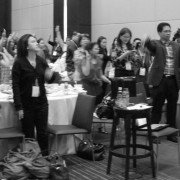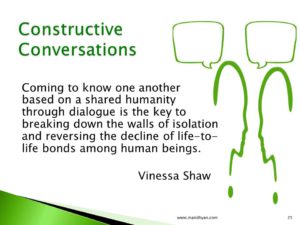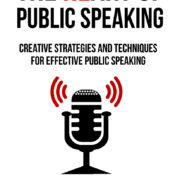About Process Facilitation

Go Forth and Multiply the Good!
What is it?
Let’s say you were born with the gift of knowing how to drive but had never driven on the streets. Then the traffic policemen, who guide you, through the mean streets of Metro Manila with all their support systems and rules are ‘facilitating’ your process of you reaching from where you are to where you want to go.
Let’s say you are a lawyer and there are two different companies who want to pool in their strengths, resources and their value propositions as a single entity and you are helping them merge then you are ‘facilitating’ them through well-tested processes and processes you are competent in.
Or the best example is, say you are a couple who are pregnant with a new life forming between you two and then there is this kindly midwife who is there to set up things, calm nerves, offer advice, guide you through childbirth and then help breathe out a brand new and beautiful life into your world, this world. She then is your ‘process facilitator.’
All of the above three professions and thousands of others similar to the these three have a certain set of rules to follow, practices to perform and capabilities to master in their chosen field of facilitating. And they all generate synergies, resolve challenges and create fruitful results.
The threads that run commonly among professional facilitators are that they have no personal objectives in the world that they are helping bring about; they have no stake in the outcomes that are created. They are mostly external observers, guides and encouragers who help build the support system for you to go from where you are to where you want to go.
What are the essential qualities of a great facilitator?
One, a very high sense of spatial awareness loaded with kindness and compassion for fellow human beings because all process facilitation impacts the wellness and well-being of mankind.
Two, a desire to help others bring forth newness, progress, productivity, life and/or whatever good they desire to bring forth. There necessarily need not be any personal agenda for the facilitator in bringing about the intentions and objectives of their clients. Yes, ‘clients’ is a safe word to use because professional facilitators, often, need to be compensated for their efforts. They can bear not being compensated if what they are facilitating are their own advocacies.
Three, virtuoso facilitators need to be very good at their own game and they need to have all the little and big skill sets required of them to be useful and excellent at what they do.
Across the world there are individuals and organizations who help professionalize all sorts of facilitation practices and interventions in the industry. One of the biggest and the most respected organization is known as the International Association of Facilitators Worldwide and proudly for us, here in the Philippines, there is a brand new, national, chapter that has sprung forth called the International Association of Facilitators, Philippines, Inc.
In the last three years this group has held, more than twenty, extremely low-cost but high-impact learning sessions serving the needs of teachers, trainers, coaches, consultants, lawyers, social workers and even powerful business leaders. Their intention and vision is support, nurture, guide all sorts of conversations, across the seven thousand islands, which are generative, positive and life-giving. Their services and advocacy include not just learning and development but also community and country development. It may help organizations of all sorts to tap into the fountains of compassion and competencies that flow through this global professional body.
Come to think of it, if you envision synergistic growth or giving life to another entity would you not want an experienced, objective and a kindly midwife to help you guide you through the process? Well, okay not really a mid-wife “mid-wife” from days gone by but a well-trained, correctly certified medical professional.
Yes?
Okay, in that case let’s go forth and multiply the good. Let’s go from where we are to where we want to go with the help and guidance of a professional facilitator.
Raju Mandhyan








